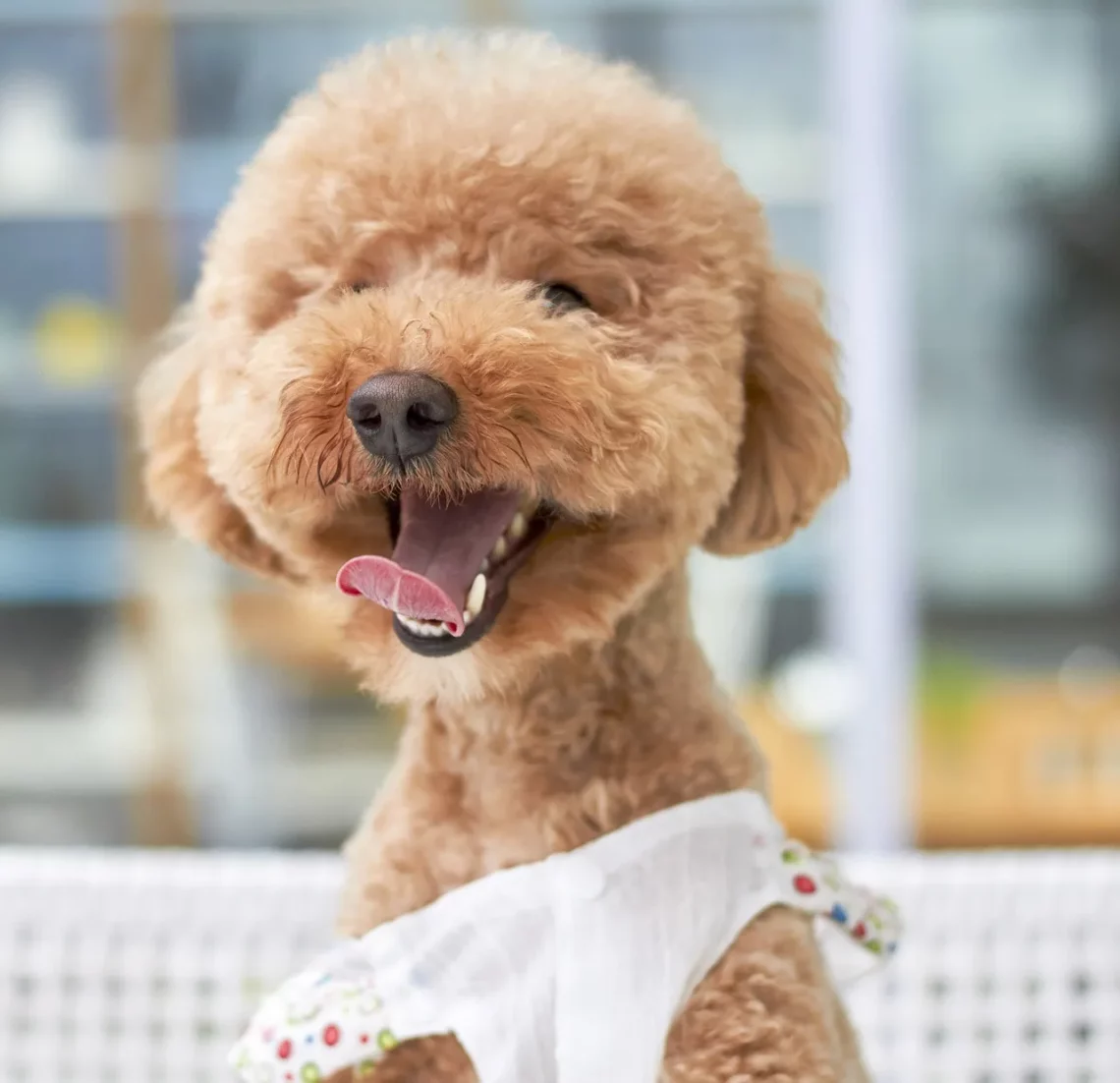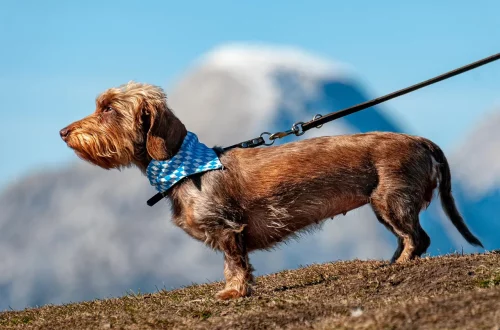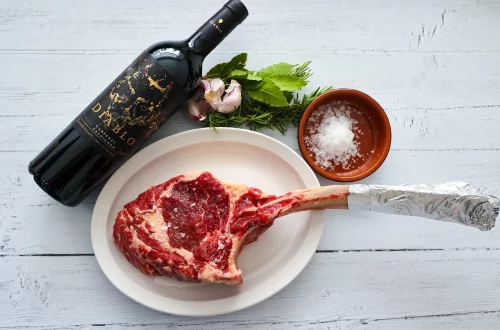
Understanding the Unique Characteristics of Poodle Tails
Understanding the Unique Characteristics of Poodle Tails
The poodle is a breed celebrated not only for its intelligence and elegance but also for its distinctive physical traits. Among these features, the tail of a poodle stands out as a symbol of the breed’s unique charm and personality. The way a poodle carries its tail can tell you a lot about its mood, health, and overall well-being. In the world of dog enthusiasts and potential poodle owners, understanding the intricacies of poodle tails can enhance the relationship between the pet and its owner.
The tail is not merely an appendage; it serves various functions, from communication to balance. Poodles come in three sizes—standard, miniature, and toy—and each variation can exhibit different tail characteristics. Furthermore, the grooming and maintenance of a poodle’s tail are essential aspects of pet care that can influence the dog’s health and comfort. Tail care also plays a role in the breed’s overall aesthetic, contributing to the poodle’s well-groomed appearance that many owners strive to achieve.
In this exploration of poodle tails, we will delve into their anatomy, grooming needs, and behavioral significance, providing a comprehensive understanding of this fascinating and often overlooked feature of one of the most beloved dog breeds.
The Anatomy of a Poodle’s Tail
The anatomy of a poodle’s tail is quite remarkable and plays a critical role in the dog’s overall structure. A poodle’s tail is typically long and can be described as either straight or slightly curved, depending on the individual dog’s characteristics. The tail is an extension of the spine, consisting of several vertebrae that provide flexibility and movement.
A well-formed tail is vital for a poodle’s balance and agility. These dogs are known for their athleticism and grace, and the tail helps them navigate various activities, whether it’s running, jumping, or performing tricks. The tail’s musculature allows for expressive movements, which can be essential for communication with both humans and other dogs.
Poodle tails are often docked in some regions, a practice that is rooted in historical context. Originally, tail docking was done to prevent injury during hunting and water work, as poodles were bred as water retrievers. However, today, tail docking is a controversial topic, with many advocates arguing against the practice due to ethical concerns about animal welfare. In some countries, docking is banned, and poodles are allowed to grow their tails to their full length.
The tail’s coat is also noteworthy. Poodles have a curly, dense coat that covers their tails, which serves both aesthetic and practical purposes. The curly fur helps to keep the tail warm and dry, especially when the dog is in water, where poodles often thrive. Regular grooming of the tail is essential to prevent matting and ensure the dog’s comfort.
Understanding the anatomy of a poodle’s tail provides insight into its importance for the breed. It is not just a physical feature but a crucial element of their identity and functionality.
Tail Grooming: Best Practices
Grooming is an essential aspect of poodle care, and the tail deserves special attention. The unique curly coat of a poodle requires regular maintenance to keep it healthy and free from tangles. Neglecting tail grooming can lead to matting, which can be uncomfortable for the dog and may lead to skin issues.
To begin with, routine brushing is crucial. Owners should use a slicker brush or a comb specifically designed for curly coats to carefully detangle the hair. It’s best to start brushing from the base of the tail and work your way toward the tip, ensuring that you’re gentle to avoid pulling on the dog’s skin. Regular brushing, ideally several times a week, helps to distribute natural oils throughout the coat, promoting a healthy shine.
Bathing is another important aspect of tail grooming. Poodles should be bathed every four to six weeks, using a high-quality, dog-specific shampoo to maintain the health of their skin and coat. When washing the tail, it’s important to ensure that the shampoo is thoroughly rinsed out to avoid skin irritation. After bathing, applying a conditioner can help keep the curls defined and prevent frizz.
In addition to brushing and bathing, trimming the tails is sometimes necessary. If the hair on the tail becomes excessively long, it can drag on the ground, leading to dirt accumulation and potential health issues. A professional groomer can help with proper trimming techniques, ensuring that the tail maintains its shape while keeping the dog comfortable.
Finally, checking for any signs of irritation or infection is essential during grooming. The area around the tail can be prone to matting and moisture, leading to skin problems. Regular inspection allows for early detection of any issues, ensuring that the poodle remains healthy and happy.
Grooming a poodle’s tail is more than just a chore; it’s an opportunity to bond with your pet and ensure their overall well-being.
Understanding Tail Position and Its Significance
The position of a poodle’s tail can convey a wealth of information about the dog’s emotional state and behavior. Much like a dog’s ears, the tail serves as a communication tool, allowing owners to interpret their pet’s mood and intentions.
When a poodle is relaxed and content, its tail is often held in a neutral position or slightly elevated. This posture indicates that the dog feels comfortable in its environment and trusts its owner. Conversely, if the tail is tucked between the legs, it can be a sign of fear or anxiety. In such cases, it’s essential for owners to recognize the signs and provide reassurance or remove the dog from stressful situations.
When poodles are excited or playful, they tend to carry their tails high and may wag them vigorously. Tail wagging is a clear indicator of happiness and engagement. Owners should observe the speed and direction of the wag. A fast wag, especially when combined with other body language cues, indicates enthusiasm, while a slow wag may suggest uncertainty or hesitation.
In certain situations, a poodle may hold its tail in a stiff or high position, which can be a sign of alertness or aggression. This posture often accompanies other signs of agitation, such as raised hackles or a tense body. Recognizing these behaviors is crucial for ensuring the safety of both the poodle and those around it.
Overall, understanding the significance of tail position enhances the relationship between a poodle and its owner. By paying attention to how their tail moves and where it is positioned, owners can better respond to their dog’s needs, fostering a deeper bond built on trust and communication.
Health Considerations Related to Poodle Tails
The health of a poodle’s tail goes beyond just grooming and appearance. Various health considerations can affect the tail, and being aware of these issues is crucial for any poodle owner.
One common concern is the risk of injuries. Due to their active nature, poodles can sometimes sustain injuries to their tails during play or accidents. A sprain or fracture can lead to significant pain and discomfort. Signs of injury may include limping, yelping when the tail is touched, or an unwillingness to move. If any of these symptoms are observed, it is essential to consult a veterinarian for proper diagnosis and treatment.
Another health issue that can arise is skin irritation or infections. The densely curled fur on a poodle’s tail can trap moisture and debris, creating an environment conducive to bacterial growth. Regular grooming and bathing can help mitigate this risk, but owners should also monitor the tail for any signs of redness, swelling, or discharge. If such symptoms appear, it is advisable to seek veterinary care to prevent further complications.
Additionally, conditions such as “happy tail syndrome” can occur in poodles, especially those with a high-energy disposition. This condition arises when a dog excessively wags its tail, often causing trauma to the tip from hitting against hard surfaces. Affected dogs may require treatment to manage the symptoms and prevent further injury.
Regular veterinary check-ups play a vital role in maintaining a poodle’s overall health, including the tail. During routine exams, the vet can assess the tail’s condition and address any emerging issues before they become serious.
In conclusion, being proactive about the health of a poodle’s tail is crucial for ensuring the dog’s comfort and happiness. By staying informed and vigilant, owners can help their poodles lead healthy and fulfilling lives.
**Disclaimer: This article is for informational purposes only and should not be considered as medical advice. Always consult a veterinarian for health-related concerns regarding your pet.**




